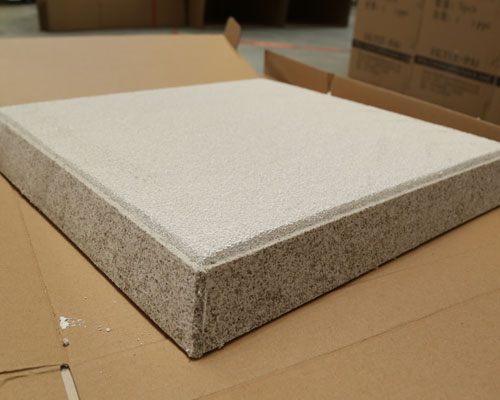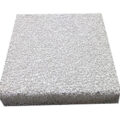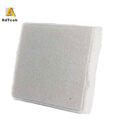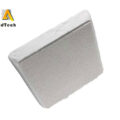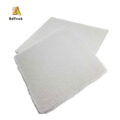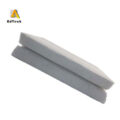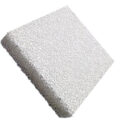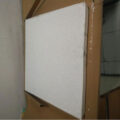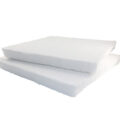In the modern aluminum melt purification process, CFF filtration is the last purification treatment process close to the casting terminal. After flux refining in the furnace, standing, medium and non-medium adsorption, although 60% to 80% of the inclusions and gases have been removed, the melt is still dispersed and distributed with finer particles (general particle size). <15 μm) inclusions (including secondary inclusions caused by chute and tundish). In order to obtain high-performance aluminum products, these fine inclusions must be gathered and separated by adsorption. Compared with other purification methods, the filtration method has become the preferred process for the final purification of aluminum melt due to its low energy consumption, easy operation, high impurity removal efficiency, and low secondary pollution.
Alumina ceramic foam filter is currently the most widely used filter for aluminum melt filtration. Its advantages are high porosity, high filtration efficiency, convenient replacement, low cost, and strong adaptability. It can filter solid inclusions and separate some liquid inclusions.
Since the United States successfully developed CFF for aluminum melt filtration by using organic foam impregnation in 1978, it has been rapidly promoted in the aluminum industry due to its low cost, high porosity, high filtration efficiency, and strong adaptability. Developed countries have developed early research and development of CFF for aluminum, with many innovations and many evaluation methods. In-depth research has been carried out on the filtration mechanism, material, preparation process, and utility evaluation of CFF, and many results have been achieved:
The pore size of the filter continues to decrease, from the conventional 20-40 ppi (the average number of pores per inch) to 50-80 ppi, and the filtration rate of inclusions below 20 μm has reached more than 90%.
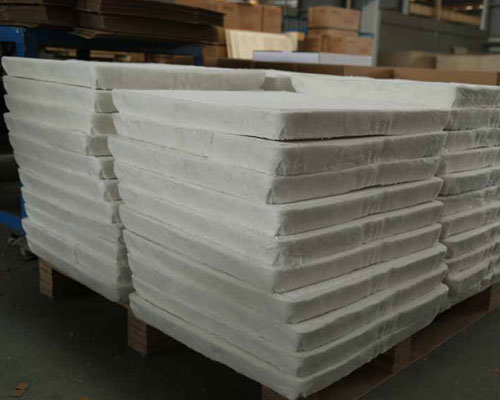
The use of surface activation coating and matrix toughening and strengthening technologies greatly improves the thermal strength, melt erosion resistance and filtration efficiency of the product. The filter can be used continuously for 2 to 4 heats, and the single-plate filtering aluminum volume reaches 50 to 80 t.
It adopts technologies such as multi-stage filtration, pore gradient CFF, multi-layer composite CFF, and the combination of CFF and other methods to improve filtration efficiency. For example, the composite filter plate has a combination of 30/50 ppi, 30/60 ppi, 30/70 ppi, etc., which is about 15% higher than ordinary single-stage filtration efficiency.

